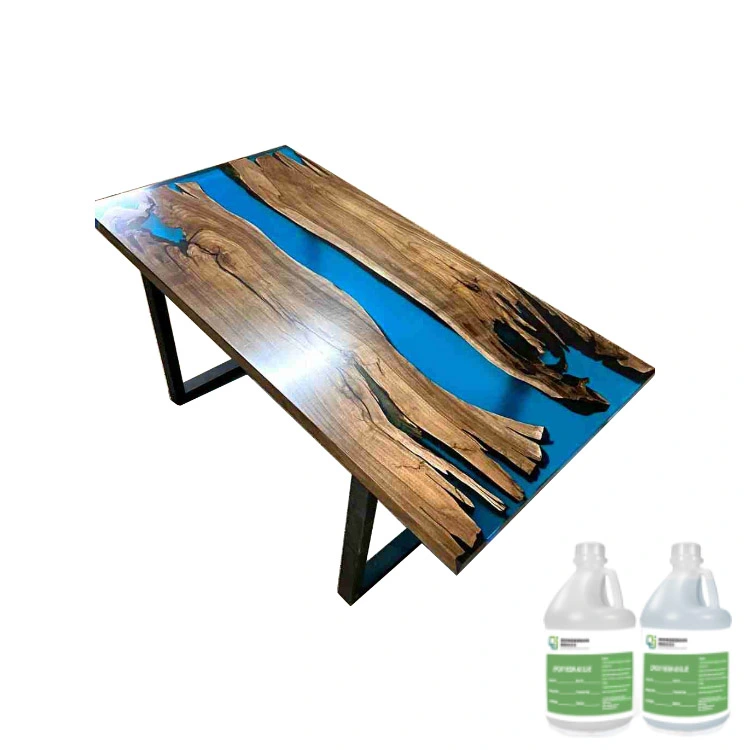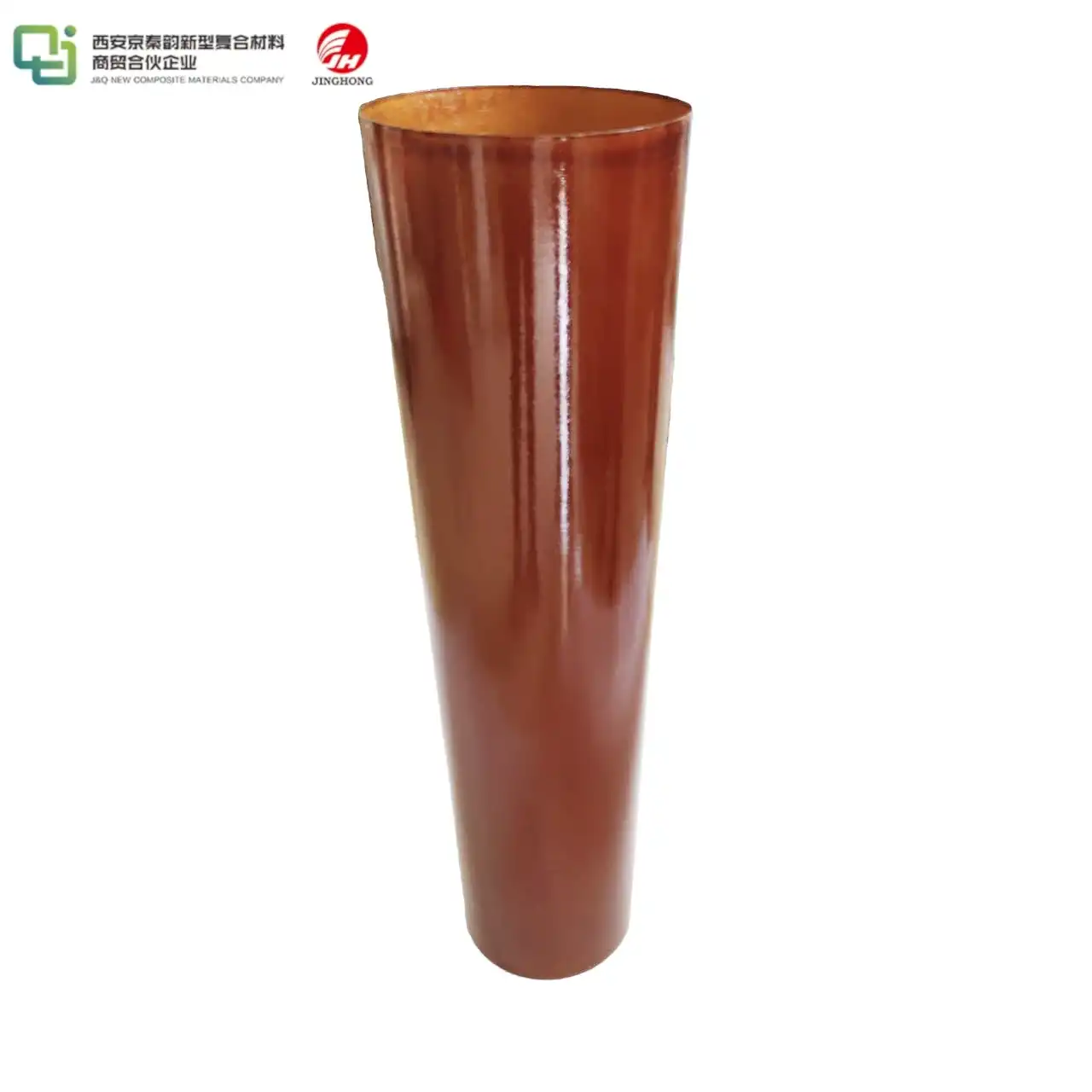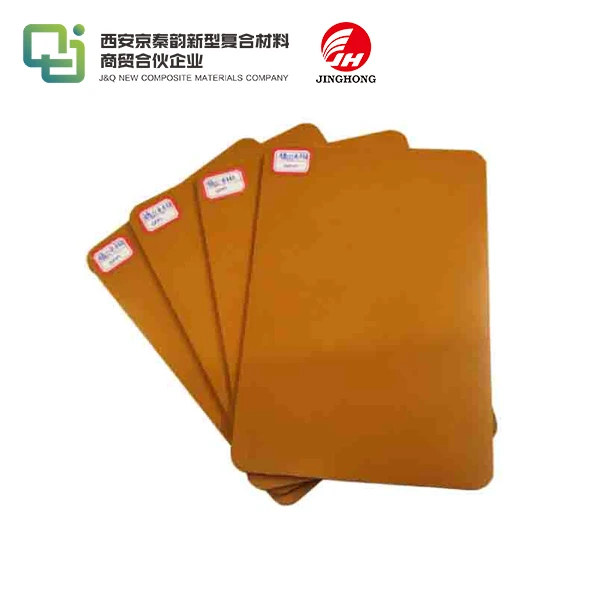3026 Phenolic Cotton Cloth Laminated Sheet Manufacturing Process Explained
2025-03-06 17:30:42
The manufacturing process of 3026 phenolic cotton cloth laminated sheets involves a meticulous combination of materials and techniques. High-quality cotton cloth is impregnated with phenolic resin, then layered and subjected to precise heat and pressure conditions. This process creates a durable, insulating material with excellent electrical and mechanical properties. The sheets undergo careful quality control measures to ensure consistent thickness, density, and performance characteristics. The result is a versatile product widely used in electrical insulation, mechanical applications, and various industrial sectors where reliability and thermal stability are crucial.
Raw Materials and Preparation
Cotton Cloth Selection
The foundation of 3026 phenolic cotton cloth laminated sheets begins with the careful selection of high-quality cotton cloth. This cloth serves as the reinforcement material, providing strength and flexibility to the final product. Manufacturers typically choose a specific grade of cotton cloth that meets strict quality standards, ensuring uniformity in weave, thickness, and absorbency. The cloth undergoes thorough inspection to detect any imperfections or inconsistencies that could compromise the integrity of the finished laminate.
Phenolic Resin Formulation
Phenolic resin, a thermosetting polymer, is the key binding agent in the production of 3026 phenolic cotton cloth lamented sheets. The resin is carefully formulated to achieve the desired properties, such as excellent electrical insulation, heat resistance, and dimensional stability. Chemists and material scientists work diligently to create a resin composition that balances these properties while ensuring optimal bonding with the cotton cloth substrate. The formulation process involves precise measurements and mixing of various chemical components, including phenol, formaldehyde, and catalysts.
Pretreatment Processes
Before the actual lamination process begins, both the cotton cloth and the phenolic resin undergo pretreatment steps. The cotton cloth may be subjected to cleaning and conditioning processes to remove any contaminants and enhance its receptivity to the resin. This may involve treatments such as scouring, bleaching, or heat-setting. The phenolic resin, on the other hand, is prepared to achieve the ideal viscosity and reactivity for impregnation. This preparation may include heating the resin to a specific temperature or adding modifiers to fine-tune its properties.

Impregnation and Layering
Resin Impregnation Techniques
The impregnation process is a critical step in the manufacture of 3026 phenolic cotton cloth laminated sheets. The prepared cotton cloth is fed through a series of rollers and immersed in a bath of liquid phenolic resin. As the cloth passes through the bath, it absorbs the resin, ensuring thorough saturation of the fibers. Advanced impregnation techniques, such as vacuum-assisted or pressure-driven methods, may be employed to enhance resin penetration and minimize air entrapment. The impregnated cloth is then carefully guided through metering rollers to control the amount of resin retained, ensuring consistent resin content throughout the material.
Layering and Stacking
After impregnation, the resin-coated cotton cloth sheets are precisely layered and stacked to form the desired thickness of the final 3026 phenolic cotton cloth laminated sheet. This process requires meticulous attention to detail, as the orientation and alignment of each layer significantly impact the mechanical and electrical properties of the finished product. Automated systems with computer-controlled precision are often used to ensure accurate placement and uniform thickness across the entire sheet. The number of layers stacked depends on the desired final thickness and specific application requirements of the laminated sheet.
Intermediate Drying Steps
Between the layering processes, intermediate drying steps may be incorporated to partially cure the resin and stabilize the stacked layers. This controlled drying helps prevent shifting or misalignment of the layers during subsequent handling and processing. The partially cured state, often referred to as B-stage, allows for easier manipulation of the material while maintaining the reactive properties necessary for final curing. Environmental factors such as temperature and humidity are closely monitored and controlled during these intermediate drying stages to ensure consistent results across production batches.
Curing and Finishing
Heat and Pressure Application
The final curing process is where the 3026 phenolic cotton cloth laminated sheets acquire their definitive properties. The stacked layers are placed in hydraulic presses or specialized laminating equipment capable of applying both heat and pressure simultaneously. The precise combination of temperature, pressure, and duration is critical to achieving the desired cross-linking of the phenolic resin and optimal bonding with the cotton cloth reinforcement. Typical curing temperatures range from 150°C to 180°C, with pressures exceeding 1000 psi. This process transforms the layered stack into a cohesive, dense material with superior electrical and mechanical characteristics.
Cooling and Stress Relief
After the high-temperature curing phase, the 3026 phenolic cotton cloth laminated sheets undergo a controlled cooling process. This step is crucial for preventing internal stresses and warping that could compromise the sheet's flatness and dimensional stability. Cooling is typically carried out in stages, with the material remaining under pressure to maintain its shape. Some manufacturers employ specialized cooling presses or gradual depressurization techniques to optimize this phase. The goal is to achieve a uniform cooling rate throughout the thickness of the sheet, ensuring consistent properties from surface to core.
Quality Control and Finishing Operations
The final stages of manufacturing 3026 phenolic cotton cloth laminated sheets involve rigorous quality control measures and finishing operations. Each sheet undergoes thorough inspection for defects, such as voids, delaminations, or surface imperfections. Advanced non-destructive testing methods, including ultrasonic scanning or thermal imaging, may be employed to assess internal integrity. The sheets are then cut to specified dimensions using precision cutting equipment, such as CNC routers or water jet cutters. Edge finishing, surface polishing, or application of protective coatings may be performed based on customer requirements. These final steps ensure that each 3026 phenolic cotton cloth laminated sheet meets or exceeds industry standards for quality and performance.
Conclusion
The manufacturing process of 3026 phenolic cotton cloth laminated sheets exemplifies the fusion of advanced materials science and precision engineering. From the careful selection of raw materials to the intricate impregnation and layering techniques, each step contributes to the creation of a high-performance insulating material. The meticulous curing and finishing processes ensure that the final product possesses the exceptional electrical, mechanical, and thermal properties that make it indispensable in various industrial applications. As technology advances, continuous refinement of these manufacturing processes promises even greater performance and sustainability in the production of 3026 phenolic cotton cloth laminated sheets.
Contact Us
For more information about our 3026 phenolic cotton cloth laminated sheets or to discuss your specific requirements, please don't hesitate to contact us at info@jhd-material.com. Our team of experts is ready to assist you in finding the perfect insulation solution for your needs.
References
1. Johnson, A. R. (2019). Advanced Polymer Composites: Manufacturing Techniques and Applications. Industrial Press.
2. Zhang, L., & Chen, X. (2020). Phenolic Resins: Chemistry, Applications and Performance. Elsevier Science.
3. Smith, K. L. (2018). Electrical Insulation Materials: Properties and Selection. CRC Press.
4. Brown, M. E. (2017). Handbook of Thermal Analysis and Calorimetry: Recent Advances, Techniques and Applications. Elsevier.
5. Thompson, R. C. (2019). Manufacturing Processes for Advanced Composites. William Andrew Publishing.
6. Wang, Y., & Liu, J. (2021). Textile Reinforced Composites: Processing and Performance. Woodhead Publishing.







